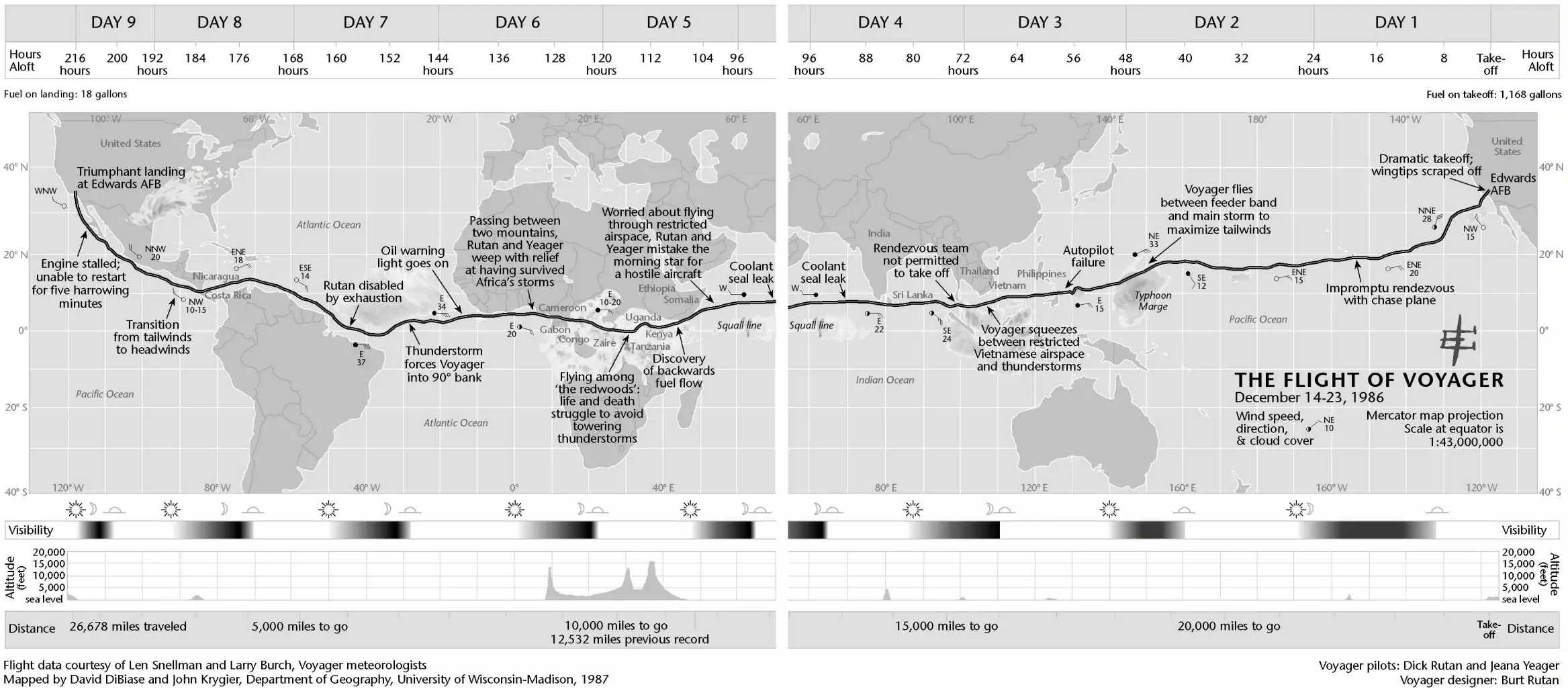Circumnavigation
By Ed Sawicki
Only three people have ever circumnavigated the Earth in an airplane on one tank of gas without landing along the way.
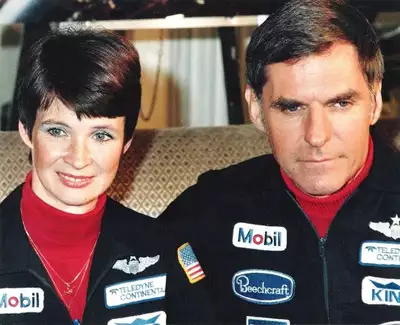
Jeana Yeager and Dick Ratan were the first people to circumnavigated the Earth in a non-stop, non-refueled airplane flight from December 14 to 23, 1986. The flight took over 9 days. They flew a piston engine, propellor-powered aircraft named Voyager.
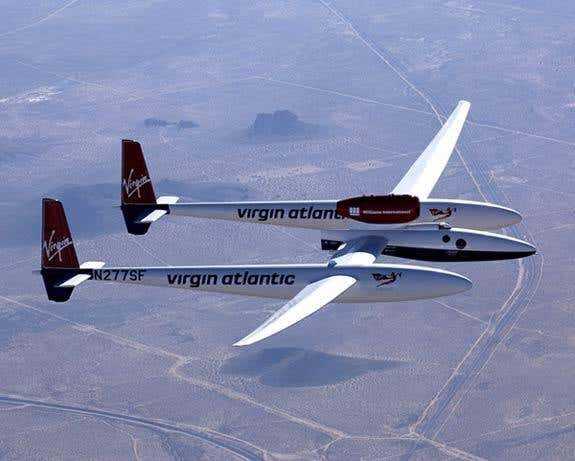
Steve Fossett circumnavigated the Earth in a non-stop, non-refueled airplane flight February 2006. The flight took almost three days. He flew a jet-powered aircraft named GlobalFlyer.
Both of these round-the-world flights used aircraft designed by Burt Ratan and built with carbon fiber composite materials.
Voyager
The Voyager round-the-world flight involved a custom-built aircraft, called the Rutan Model 76 Voyager, that was designed for this one round-the-world trip. It had two pilots: Dick Rutan and Jeana Yeager. Jeana is no relation to Chuck Yeager. The plane flew 26,366 statute miles in 9 days, 3 minutes and 44 seconds for an average speed of 116 miles per hour. The plane made no stops along the way.
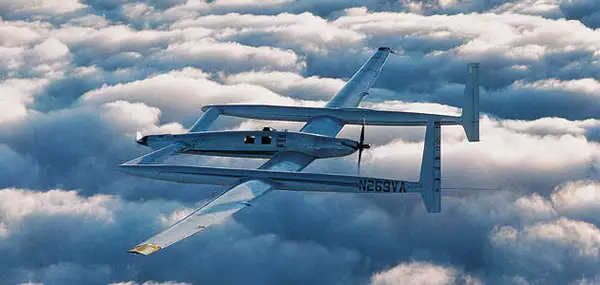
The plane's dimensions were 29 feet, 2 inches in length. The wingspan was 110 feet, 8 inches. The height was 10 feet, 3 inches. It was built using carbon composites. Voyager had front and rear propellers, powered by separate engines.
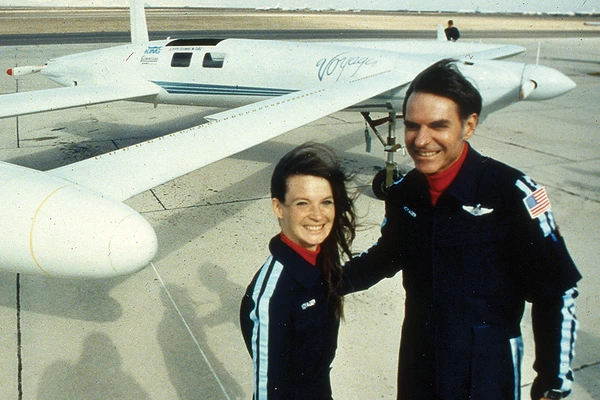
Flying the plane required plenty of attention. Dick did most of the flying and Jeana paid attention to maintaining the aircraft's center of gravity by moving fuel from the 16 individual tanks. When they took off, the plane carried about 7,000 pounds of fuel. When they landed on December 23, 1986, only 108 pounds of fuel (18 gallons) remained.
The details of the flight are well documented on other websites so I won't reinvent the wheel here. This webpage does a good job of describing the flight:
Historynet: VOYAGER’S NONSTOP AROUND-THE-WORLD ADVENTURE
The map below, created by David DiBiase and John Krygier, Department of Geography, University of Wisconsin-Madison, shows the flight path. The flight took off from Edwards Air Force Base in California and headed west. So, the flight path is from the right side of the map to the left. You can click or touch the map to see an enlarged view where the map is divided in half and one half is stacked on the other.
GlobalFlyer
In February 2006, Steve Fossett flew his Scaled Composites Model 311 Virgin Atlantic GlobalFlyer around the world in 2 days and 19 hours, beating Voyager's record substantially. The GlobalFlyer's average airspeed was 342 miles per hour.
The aircraft and flight was sponsored by Richard Branson's Virgin Atlantic airline.
The GlobalFlyer was a jet-powered aircraft, using a Williams International FJ44-2A engine. It's in the red pod in the photo below. The engine is designed for small, light business jets and develops about 10 kN (kilo-Newtons) of propulsion. In contrast, a Boeing 737 uses engines that each produce about 100 kN of propulsion.

Aftermath
Both of these flights used aircraft that were built largely out of carbon fiber composite materials, also called Carbon Fiber Reinforced Polymers or CFRB. CFRB materials are lighter and stronger than the materials used to build conventional aircraft. These aircraft and their designer, Burt Rutan, are credited with helping to convince manufacturers of passenger aircraft to increase the use of CFRBs in their new designs, thus advancing the state of the art, and resulting in greater fuel economies.
More than half of the Boeing 787 Dreamliner and Airbus A350XWB are made from CFRP materials. The 787 uses about 25 percent less fuel that similar sized conventional aircraft.
Sources
C-SPAN: Video: Flight of the Voyager
GRAPHITE FIBER MAKES VOYAGER SUCCESS POSSIBLE
